How to Test Continuity on a Switch
Contents
- Tools You Need
- Safety Precaution Practices
- Step #1: Turn Off The Power
- Step #2: Test the Power
- Step #3: Recognize the Switch Type
- Step #4: Unplug and Detach the Switch
- Step #5: Perform a Continuity Test on the Switch
- Single-Pole Switch
- Three-Way Switch
- Four-Way Switch
- Step #6: Replace or Reattach the Switch
- Step #7: Finish the Job
People use their light switches thousands of times every year. It's natural for them to wear out or deteriorate over time. There's no need to be worried if you believe you have a faulty light switch. You have the option of calling an electrician or testing the switch yourself.
In general, to test a light switch with a multimeter follow these steps:
- Set the multimeter's dial to read ohms. You will see this with a K and Ω symbol.
- If your multimeter doesn't have auto-ranging, you may set the dial to 100 ohms instead. Plug the black lead into the negative socket, while the red lead should be in the positive socket.
- Touch the meter leads to the switch's terminals.
- The multimeter should indicate a near 1 ohm only when you toggle the switch off, while when you switch it on, it should measure an average of 10 ohms in the multimeter. If you are not getting the same results, it's a sign that you have a faulty light switch.
Fortunately, checking a light switch is very simple. If you have the right tool needed, this is your guide on how to test a light switch with a multimeter.
Tools You Need
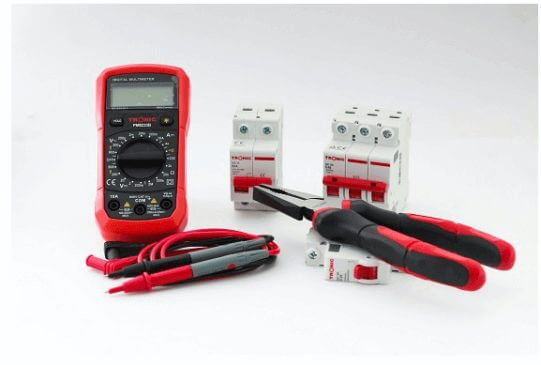
The procedure for testing a switch is straightforward. However, there's still a risk since you're dealing with circuit wires. That is why you need the necessary tools and safety precaution practices to do this task.
These are the following:
- Non-contact voltage tester
- Screwdrivers
- A multimeter
- Electrical tape
You can also perform the test while wearing gloves. Wear the same gloves you'd use to rewire your house.
Let's skip the fluff and learn the steps to test a light switch with a multimeter.
Safety Precaution Practices
When working, stay away from water at all times. You should never use wet hands to touch or repair any electrical equipment or circuits. It improves the electrical current's conductivity.
If you're working on a socket at a height in your home, never use an aluminum or steel ladder. You will be grounded when an electrical surge occurs, and the entire electric current will travel through your body. Otherwise, use a bamboo, wooden, or fiberglass ladder. You may also use a wooden or plastic chair for reaching. (1)
Step #1: Turn Off The Power
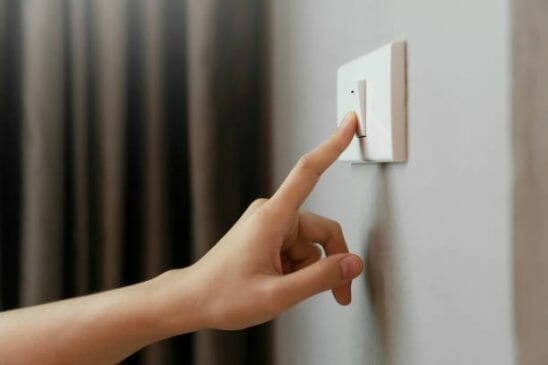
Turn off the correct circuit breaker in your home's main distribution panel to turn off the electricity to the light switch circuit. If you live in an old-fashioned residence with a fuse panel, completely detach the corresponding fuse from its socket.
Always verify the power connections before detaching the wires and unplugging the switch because the service panel index or circuit labels are frequently mislabeled.
Step #2: Test the Power
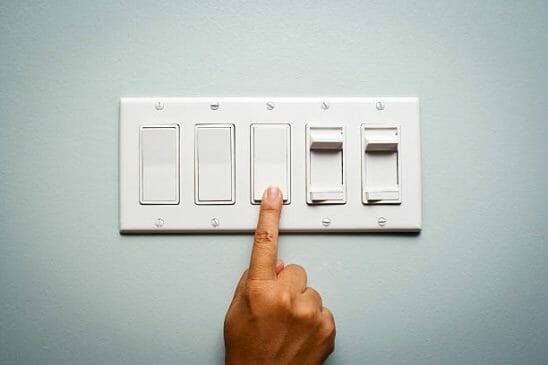
Loosen the switch cover plate bolts and lift the cover plate off to reveal the switch wire. Use a non-contact voltage tester to examine each wire in the electrical panel without touching them.
Additionally, examine each switch's side terminals by touching them with the tester's tip. Proceed to the service panel and switch off the appropriate breaker if the meter detects any voltage (lights up or buzzes), then repeat until no voltage is detected.
Step #3: Recognize the Switch Type
The fact that switches come in various sorts is a point to consider when evaluating them. This is why we must first determine which type we are dealing with.
Check for two side terminals to distinguish single-pole switches from others. There are three separate terminals on a three-way switch.
The four-way switch is the third switch category since there are four screw terminals on it.
Step #4: Unplug and Detach the Switch
Remove the wires by loosening the terminals' screw. These will bring the switch to a stop.
Put the switch on your work surface to test it. Before removing your light switches, you might want to clean them.
Step #5: Perform a Continuity Test on the Switch
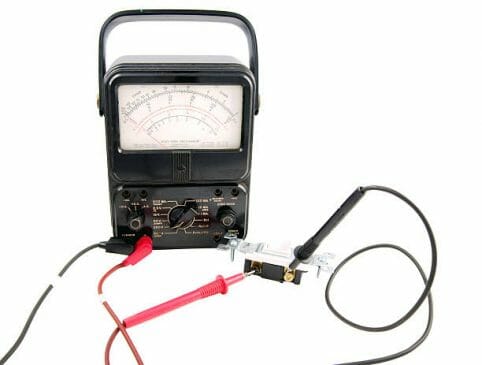
You will need a continuity tester to do this. Luckily, this is also possible using a multimeter.
Continuity testing differs depending on the switch type. That's why we've divided them into categories and described each one separately:
Single-Pole Switch
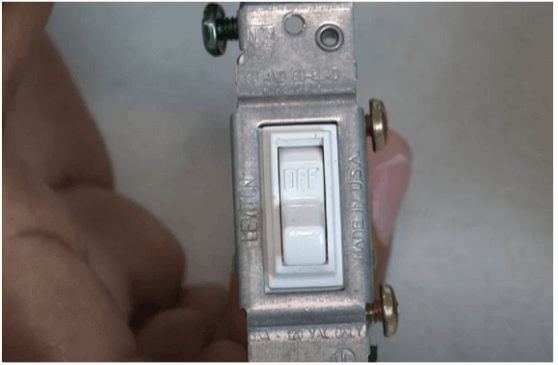
To begin, take the tester and connect one of the wires to a terminal. Get the probe and attach it to the other terminal. To light up the tester, flip on the switch.
If it lights up, it signifies the switch is in good shape and is functioning properly. The contrary indicates that the switch has failed. Replace the light switch if this occurs.
Three-Way Switch
Connect the black wire of the continuity tester to the com terminal. This section is identical to the previous one. After then, connect the probe to a traveler terminal. To measure the voltage, you should use a multimeter.
Inspect to see if the light comes on when you turn on the switch. Test the other terminal if it does. It's faulty if both of them don't light up. Detach the run-down switch and replace it with a new one.
Four-Way Switch
These switches have four terminals. It can be puzzling at times, but it isn't overly complicated. All you require is a small amount of attention.
Attach the testing wire to the attached dark terminal first. You should connect the other wire to a light screwed terminal. Flip the switch on and off.
For one position, you will have continuity. If you see both or none, it's possible that it's faulty. Make a connection to the other terminals and repeat the process when you're finished.
You should detect continuity in the opposite position this time. If this does not occur, the switch is most likely defective. If you obtain a different reading, replace the switch.
Step #6: Replace or Reattach the Switch
You should connect the circuit wires to the switch in order to rejoin. Fasten all screw terminals and ground screws tightly after that.
If you're replacing the switch, follow the same steps. Simply ensure that the amperage and voltage are equal. When you're finished, return everything to its original location.
Step #7: Finish the Job

Reinstall the switch, insert the wires neatly into the electrical box, and fasten the switch strap to the electrical box with its mounting bolts or screws. Reattach the cover plate.
After reinstalling the fuse or resetting the circuit breaker, restore power to the circuit. Verify to see if the switch is working properly. (2)
References
(1) bamboo – https://www.britannica.com/plant/bamboo
(2) power – https://www.khanacademy.org/science/physics/work-and-energy/work-and-energy-tutorial/a/what-is-power
Source: https://toolsweek.com/how-to-test-a-light-switch-with-a-multimeter/
0 Response to "How to Test Continuity on a Switch"
Post a Comment